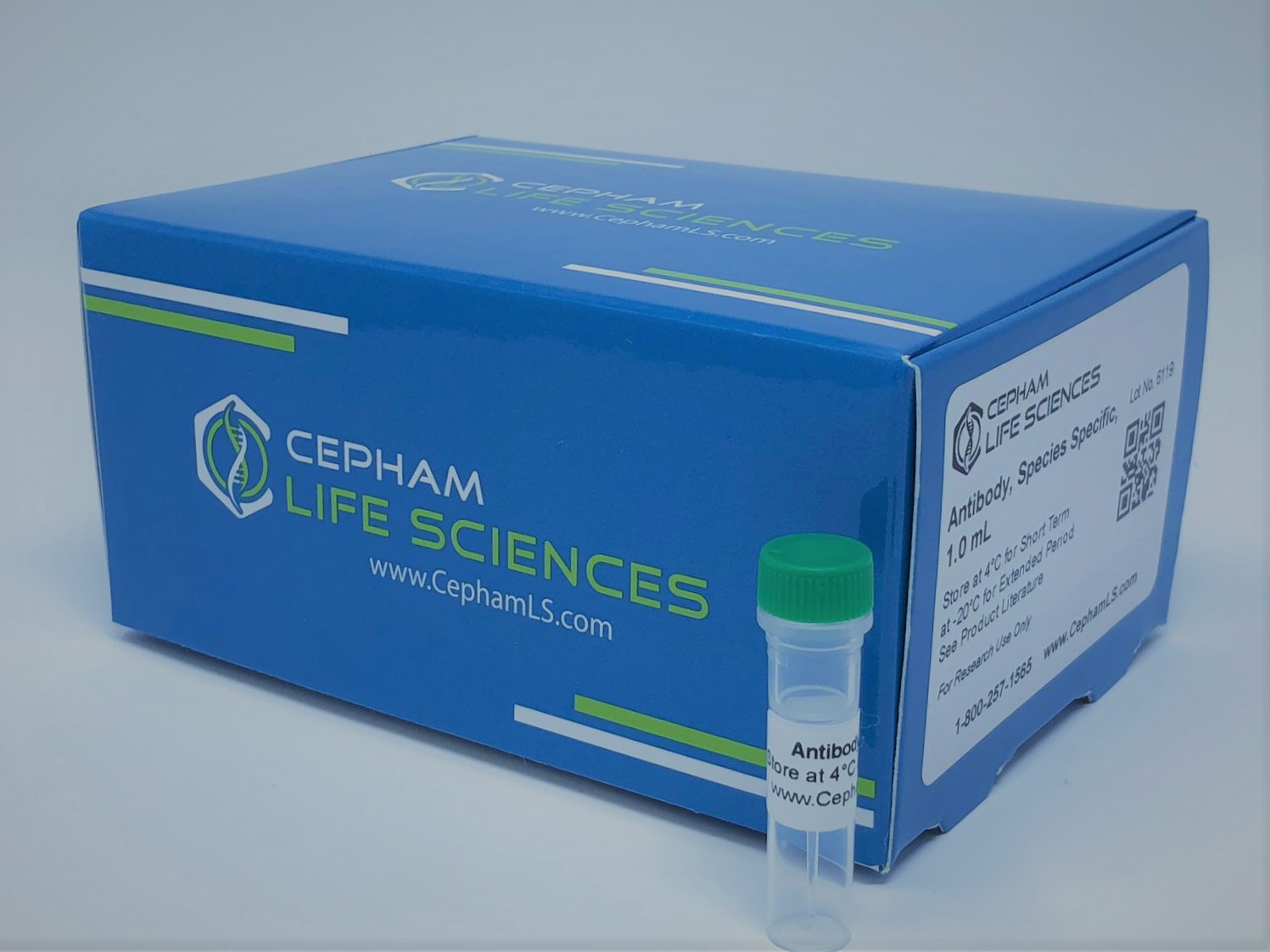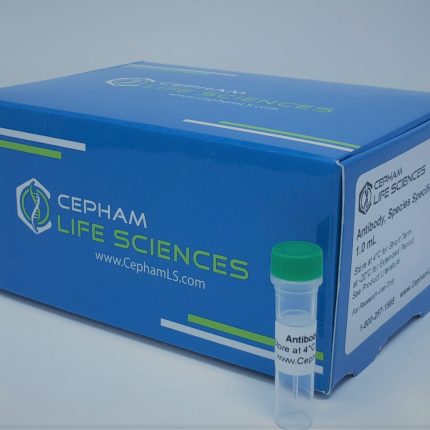Aliases
Beta-trace protein, Cerebrin-28, Glutathione-independent PGD synthase, Lipocalin-type prostaglandin-D synthase, Prostaglandin-D2 synthase, PGD2 synthase, PGDS, PGDS2, PDS, PTGDS
Antibody Type
Polyclonal Antibody
Species
Human
Uniprot ID
P41222
Immunogen
Recombinant human Prostaglandin-H2 D-isomerase protein (23-190AA)
Raised In
Rabbit
Species Reactivity
Human
Tested Applications
ELISA;Not yet tested in other applications.
Background / Function
Catalyzes the conversion of PGH2 to PGD2, a prostaglandin involved in smooth muscle contraction/relaxation and a potent inhibitor of platelet aggregation. Involved in a variety of CNS functions, such as sedation, NREM sleep and PGE2-induced allodynia, and may have an anti-apoptotic role in oligodendrocytes. Binds small non-substrate lipophilic molecules, including biliverdin, bilirubin, retinal, retinoic acid and thyroid hormone, and may act as a scavenger for harmful hydrophopic molecules and as a secretory retinoid and thyroid hormone transporter. Possibly involved in development and maintenance of the blood-brain, blood-retina, blood-aqueous humor and blood-testis barrier. It is likely to play important roles in both maturation and maintenance of the central nervous system and male reproductive system.
Isotype
IgG
Conjugate
Biotin
Storage Buffer
Preservative: 0.03% Proclin 300
Constituents: 50% Glycerol, 0.01M PBS, PH 7.4
Form
Liquid
Storage
Shipped at 4°C. Upon delivery aliquot and store at -20°C or -80°C. Avoid repeated freeze.
Purity
Caprylic Acid Ammonium Sulfate Precipitation purified
Modification
Prostaglandin-H2 D-isomerase
Literature
[1]”Human urinary glycoproteomics; attachment site specific analysis of N-and O-linked glycosylations by CID and ECD.” Halim A., Nilsson J., Ruetschi U., Hesse C., Larson G. Mol. Cell. Proteomics 0:0-0(2011). [2]”Enrichment of glycopeptides for glycan structure and attachment site identification.” Nilsson J., Rueetschi U., Halim A., Hesse C., Carlsohn E., Brinkmalm G., Larson G. Nat. Methods 6:809-811(2009). [3]”A strategy for precise and large scale identification of core fucosylated glycoproteins.” Jia W., Lu Z., Fu Y., Wang H.P., Wang L.H., Chi H., Yuan Z.F., Zheng Z.B., Song L.N., Han H.H., Liang Y.M., Wang J.L., Cai Y., Zhang Y.K., Deng Y.L., Ying W.T., He S.M., Qian X.H. Mol. Cell. Proteomics 8:913-923(2009).







